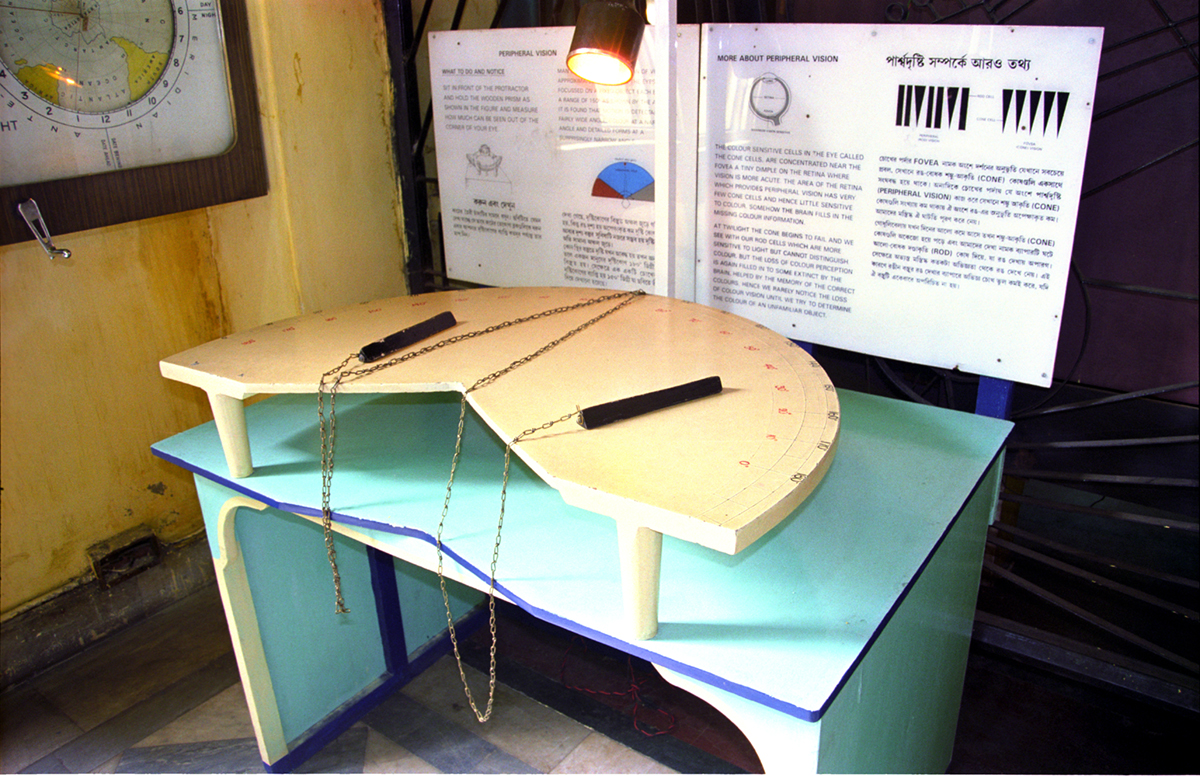
Peripheral vision can be defined as a part of vision that includes objects located outside the center of the gaze. It allows humans to see objects and movement around the direct line of vision. The loss of peripheral vision and maintained central vision leads to so called tunnel vision. On the other hand, the loss of central vision and maintaining peripheral vision is medically known as central scotoma. Human peripheral vision is not as powerful as peripheral vision of many animals. This can be easily explained by the fact that receptor cells of the retina are more distributed at the center and their number is rather low at the edges of the retina.
People suffering from peripheral vision problems are unable to see adequately around the 'edges'. Their central vision is mainly fine. This inability to see around the 'edges' creates a sensation of looking through a narrow tube. Patients suffering from peripheral vision loss generally have difficulties when it comes to seeing in dim light and their ability to navigate while walking is decreased.
Causes of Peripheral Vision Loss
Basically peripheral vision loss is associated with damage to the optic nerve. This nerve can be damaged by glaucoma and several other eye conditions such as detached retina, papilledema etc. For example, occlusions which block the normal flow of the blood necessary for proper feeding of the optic nerve may cause damage to certain parts of the optic nerve and subsequent peripheral vision loss. Even stroke or brain injury may be related to peripheral vision loss. Namely, if certain parts of visual centers in the brain are damaged the person may experience peripheral vision loss. Even neurological damage and compression of the optic nerve may be the cause of this condition.
Treatment for Peripheral Vision Loss
If one notices changes in vision he/ she is supposed to consult a well experienced ophthalmologist who will perform specific eye tests and examination and confirm or rule out peripheral or even central vision loss. In order to identify the underlying cause the doctor will perform additional tests and examinations.
The condition cannot simply be treated with eyeglasses or contact lenses. However, some patients may benefit from a type of lens called a prism. These lenses are added to eyeglasses and may partially expand the visual field. The underlying eye or other medical conditions must be brought under control. This way permanent damage to the rest of the optic nerve can be prevented and a person can successfully avoid the entire loss of peripheral vision. Permanent loss of peripheral vision requires consultation with a low vision specialist. He/ she provides with advice related to special eyewear and optical devices which can help with problems of mobility.

















Your thoughts on this
Loading...